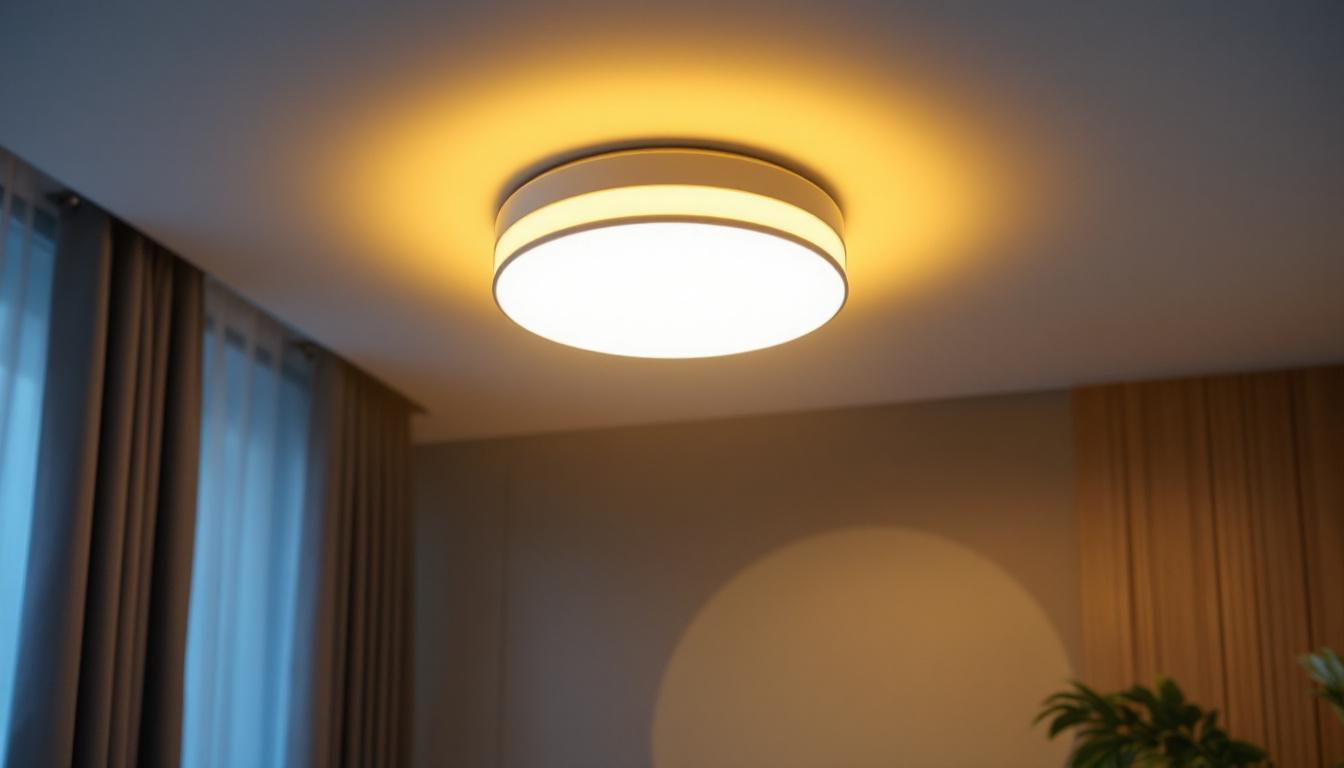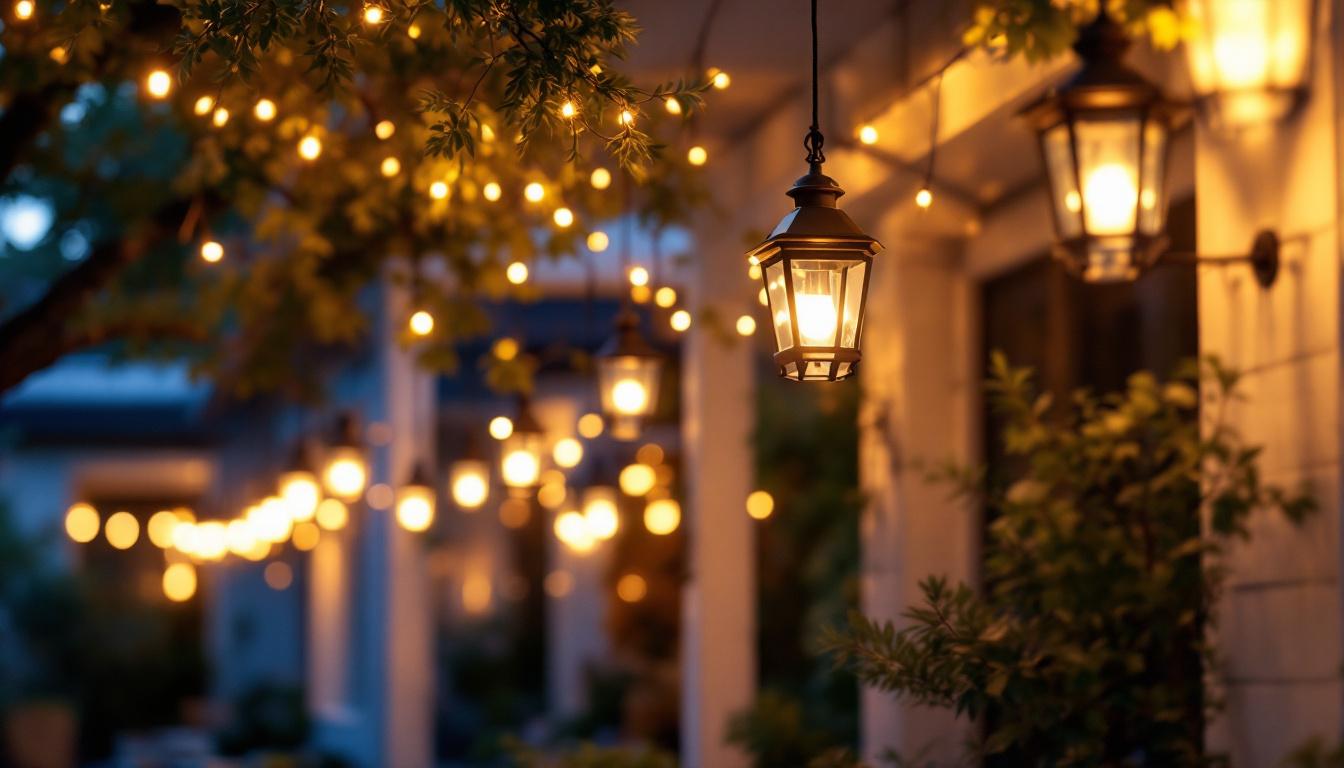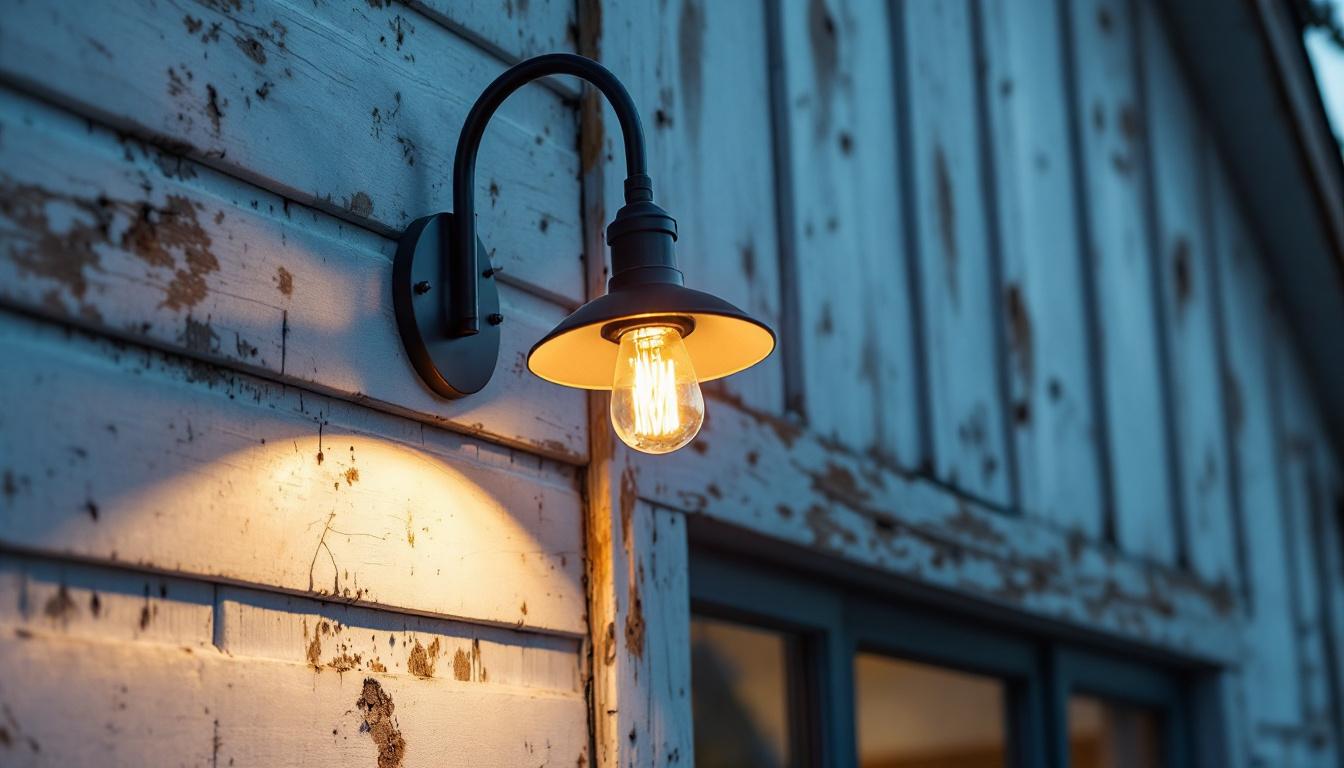
Lighting is an essential aspect of any construction or renovation project, and the choice of bulbs can significantly impact the overall quality and efficiency of the lighting system. For lighting contractors, understanding the various types of bulbs available and avoiding common mistakes is crucial to delivering high-quality results. This article explores the different kinds of bulbs and highlights common pitfalls that contractors may encounter in their work.
Lighting contractors need to be well-versed in the various types of bulbs available on the market today. Each type has its own set of characteristics, advantages, and disadvantages that can affect the lighting design and energy efficiency of a project.
Incandescent bulbs have been a staple in the lighting industry for decades. They produce light by heating a filament until it glows, resulting in a warm, inviting glow. However, they are not the most energy-efficient option available. Contractors should be aware that while these bulbs provide excellent color rendering, their short lifespan and high energy consumption can lead to increased costs over time. Additionally, the warmth of incandescent light can create a cozy atmosphere, making them ideal for residential settings such as living rooms and bedrooms. However, as energy efficiency standards tighten, many jurisdictions are phasing out incandescent bulbs, pushing contractors to seek alternatives that meet modern energy codes.
CFLs are a more energy-efficient alternative to incandescent bulbs. They use a fraction of the energy and have a longer lifespan, making them a popular choice for many lighting applications. However, they can take time to warm up to full brightness and may not provide the same quality of light as incandescent bulbs. Contractors should consider the specific lighting needs of a space before opting for CFLs. Moreover, CFLs contain a small amount of mercury, which necessitates careful disposal to avoid environmental hazards. This aspect can be a concern for environmentally conscious clients, and contractors may need to educate them about proper disposal methods and the importance of recycling these bulbs to minimize their ecological impact.
LEDs are rapidly becoming the go-to choice for lighting contractors due to their exceptional energy efficiency and long lifespan. They are available in a variety of colors and can be dimmed, making them versatile for different applications. However, the initial cost of LEDs can be higher than other bulb types, which may deter some clients. Educating clients about the long-term savings associated with LED usage can help mitigate this concern. Furthermore, LEDs are known for their durability and resistance to shock and vibration, making them ideal for both indoor and outdoor settings. Their low heat emission also reduces the risk of overheating, which can be a significant advantage in spaces where heat buildup is a concern, such as in enclosed fixtures or during prolonged use. As technology advances, the range of LED options continues to expand, including smart LEDs that can be controlled via mobile apps, offering even more flexibility and customization for modern lighting designs.
Even experienced lighting contractors can fall into common traps when selecting bulbs for their projects. Understanding these pitfalls can help ensure a successful outcome and client satisfaction.
One of the most significant mistakes contractors make is not paying attention to the color temperature of the bulbs they choose. Color temperature is measured in Kelvin (K) and can drastically affect the ambiance of a space. For instance, a warm white light (around 2700K) is ideal for residential settings, creating a cozy atmosphere. In contrast, cooler temperatures (above 4000K) are better suited for commercial spaces where a more sterile environment is desired. Failing to match the color temperature to the intended use can lead to dissatisfaction among clients. Furthermore, the psychological effects of color temperature should not be underestimated; warmer tones can evoke feelings of relaxation and comfort, making them perfect for living rooms and bedrooms, while cooler tones can enhance focus and productivity, making them ideal for offices and workspaces.
Another common mistake is confusing wattage with lumens. Wattage measures energy consumption, while lumens measure brightness. Many contractors still equate higher wattage with brighter light, which is a misconception, especially with the advent of energy-efficient bulbs. For example, an LED bulb may use only 10 watts but produce the same amount of light as a traditional 60-watt incandescent bulb. Understanding this distinction is vital for achieving the desired lighting levels without wasting energy. Additionally, it is essential to consider the specific needs of each space; for instance, task lighting in kitchens and work areas may require higher lumens to ensure visibility, while ambient lighting in living areas can be softer and less intense.
Dimming capabilities are often overlooked during the planning phase. Not all bulbs are compatible with dimmer switches, and using the wrong combination can lead to flickering or reduced bulb life. Contractors should ensure that the bulbs selected are compatible with the dimming systems in place, providing clients with the flexibility to adjust lighting levels according to their preferences. Moreover, the ability to dim lights can significantly enhance the functionality of a space, allowing for different moods and activities, from bright and energizing for work to soft and intimate for gatherings. It’s also worth noting that some modern smart bulbs offer advanced dimming features and can be controlled via mobile apps, providing an added layer of convenience and customization for tech-savvy clients.
Energy efficiency is a critical factor in modern lighting design. With rising energy costs and increasing environmental awareness, contractors must prioritize energy-efficient solutions in their projects.
Energy ratings provide valuable information about a bulb’s efficiency. The Energy Star label, for example, indicates that a product meets strict energy efficiency guidelines set by the U.S. Environmental Protection Agency. Contractors should familiarize themselves with these ratings to recommend the best options to clients. Choosing Energy Star-rated products can lead to significant savings on energy bills and contribute to a more sustainable project overall.
Smart lighting technology is an emerging trend that can enhance energy efficiency and convenience. These systems allow users to control lighting remotely, set schedules, and even adjust brightness based on natural light levels. Contractors should consider integrating smart lighting solutions into their designs, as they can provide added value to clients and differentiate their services from competitors.
Proper installation is just as crucial as selecting the right bulbs. Even the best bulbs can underperform if not installed correctly. Here are some common installation errors that contractors should avoid.
The placement of light fixtures can significantly impact the effectiveness of the lighting design. Contractors should carefully consider the layout of a space and the intended use of each area before deciding on fixture placement. For instance, placing fixtures too high can result in inadequate illumination, while fixtures placed too low may create harsh shadows. Conducting a thorough assessment of the space can help ensure optimal placement and performance.
Another critical installation error is neglecting to check the electrical compatibility of the bulbs and fixtures. Different bulbs have specific voltage and wattage requirements, and using incompatible products can lead to overheating, flickering, or even electrical fires. Contractors should always verify that the electrical system can support the chosen bulbs and fixtures to ensure safety and reliability.
Testing the lighting before finalizing the installation is an often-overlooked step. Conducting a thorough test allows contractors to assess the quality of light, check for any flickering issues, and ensure that the desired ambiance is achieved. This step can save time and money in the long run by preventing the need for costly adjustments or replacements after the project is completed.
Effective communication with clients is essential for successful project outcomes. Educating clients about their lighting options and the associated benefits can help them make informed decisions.
When discussing lighting options with clients, it is vital to present clear and concise information. Providing a range of options, along with the pros and cons of each, can help clients understand the implications of their choices. Contractors should also be prepared to explain how different bulbs can affect energy consumption, longevity, and overall aesthetics.
Setting realistic expectations regarding lighting performance and energy savings is crucial. Clients may have preconceived notions about what lighting should look like or how much energy it should consume. By providing accurate information and managing expectations, contractors can foster trust and satisfaction with the final results.
Understanding the various types of bulbs and avoiding common mistakes is essential for lighting contractors. By being aware of the nuances of bulb selection, installation, and client communication, contractors can enhance their expertise and deliver exceptional results. Prioritizing energy efficiency, proper installation techniques, and effective client education will not only lead to successful projects but also contribute to long-term client relationships and satisfaction.
In the ever-evolving world of lighting, staying informed about new technologies and trends is vital. By continually expanding knowledge and refining skills, lighting contractors can position themselves as industry leaders, ensuring their services remain in high demand.
Ready to avoid the common pitfalls of bulb selection and installation? Choose LumenWholesale for your lighting needs and benefit from our spec-grade lighting products at unbeatable wholesale prices. With our commitment to quality, affordability, and convenience, you can trust that your lighting projects will shine bright without breaking the bank. Say goodbye to middleman markups and hello to hassle-free bulk buying with free shipping. Elevate your lighting game and ensure your services remain in high demand with Wholesale Lighting at the Best Value from LumenWholesale.

Discover expert tips from lighting contractors on selecting and installing ceiling lights flush LED fixtures.

Discover the pitfalls to avoid when installing exterior hanging lantern lights.

Discover how LED solar panels are revolutionizing the lighting industry for contractors.

Discover why staying informed about exterior gooseneck barn lights is crucial for lighting contractors.